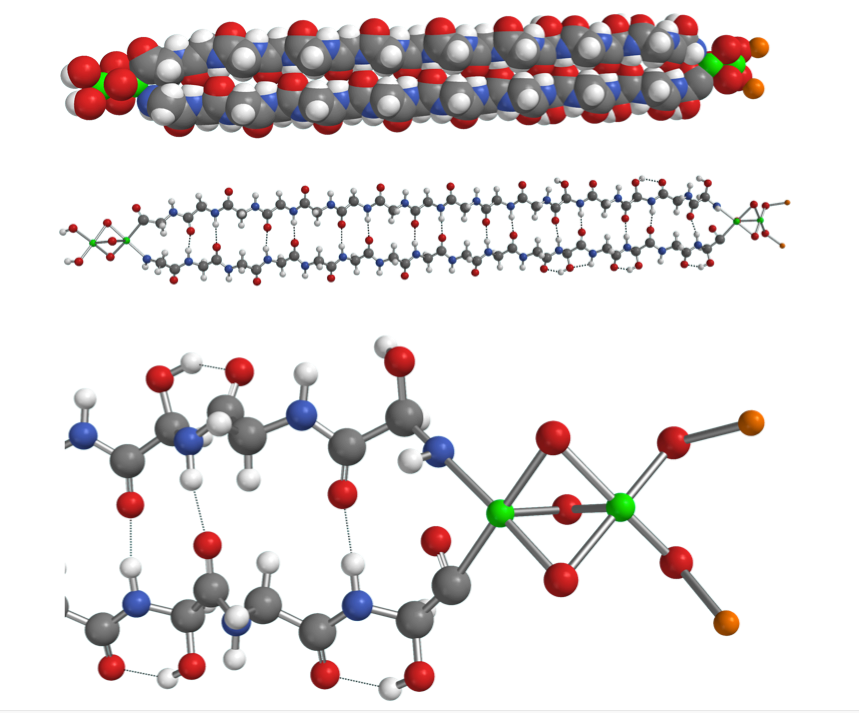Early doors, keep your shirt on, but huge if true. They’ve published on Arxiv rather than waiting for publication in a major journal.
https://phys.org/news/2020-03-protein-meteorite.html?fbclid=IwAR1B-09BSaSzuhN9RxazdtSY0ncXK9yich05-mSKC4isxffccMEHL1tuG7Q
A team of researchers from Plex Corporation, Bruker Scientific LLC and Harvard University has found evidence of a protein inside of a meteorite.In prior research, scientists have found organic materials, sugars and some other molecules considered to be precursors to amino acids in both meteorites and comets—and fully formed amino acids have been found in comets and meteorites, as well. But until now, no proteins had been found inside of an extraterrestrial object. In this new effort, the researchers have discovered a protein called hemolithin inside of a meteorite that was found in Algeria back in 1990.
https://arxiv.org/abs/2002.11688
This paper characterizes the first protein to be discovered in a meteorite. Amino acid polymers previously observed in Acfer 086 and Allende meteorites have been further characterized in Acfer 086 via high precision MALDI mass spectrometry to reveal a principal unified structure of molecular weight 2320 Daltons that involves chains of glycine and hydroxy-glycine residues terminated by iron atoms, with additional oxygen and lithium atoms. Signal-to-noise ratios up to 135 have allowed the quantification of iron and lithium in the various MALDI fragments via the isotope satellites due to their respective minority isotopic masses 54Fe and 6Li. Analysis of the complete spectrum of isotopes associated with each molecular fragment shows 2H enhancements above terrestrial averaging 25,700 parts per thousand (sigma = 3,500, n=15), confirming extra-terrestrial origin and hence the existence of this molecule within the asteroid parent body of the CV3 meteorite class. The molecule is tipped by an iron-oxygen-iron grouping that in other terrestrial contexts has been proposed to be capable of absorbing photons and splitting water into hydroxyl and hydrogen moieties.

